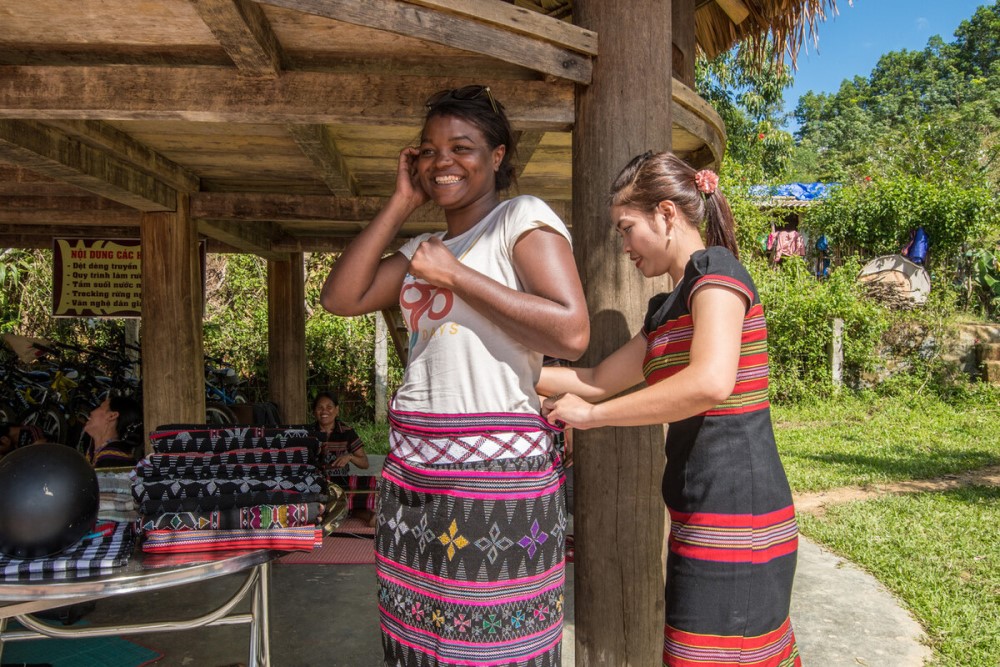
Tourism ministers in Southeast Asia have endorsed a holistic and long-term strategic plan to guide the sustainable development of the tourism industry.
Launched at the ministerial meeting in the Lao People’s Democratic Republic in January, the ASEAN Action Roadmap for Sustainable Tourism Development has five key priorities:
- Sustainable economic growth,
- Social inclusiveness,
- Resource efficiency and environmental sustainability,
- Cultural diversity and heritage protection, and
- Resilience planning and adaptation.
In their joint statement issued on 25 January, the tourism ministers said the roadmap “aims to provide guidance for ASEAN in areas such as core values, innovation for sustainability, and ways to empower relevant stakeholders to be more sustainable.”
Hard lessons from the COVID-19 pandemic underscore the need to strengthen the resilience of the industry. Tourism, which suffered a downturn globally because of the pandemic, is a major contributor to economies in Southeast Asia.
In 2019, travel and tourism accounted for 12.1% of the region’s gross domestic product and employed 42 million workers, mostly women working for small and medium-sized enterprises. In 2020, travel restrictions and reduced economic activity due to the pandemic resulted in an 82% drop in international visitor arrivals and constrained domestic tourism, affecting the livelihood of many in the region. The sector’s contribution to regional GDP fell by 53%.
The roadmap builds on the ASEAN Framework and Sustainable Tourism Development, which was released in 2023. It was developed with the support of the Economic Research Institute for ASEAN and East Asia (ERIA) and guided by findings from consultations with stakeholders and the latest international guidelines (i.e., Goa Roadmap, G20 Bali Guidelines).
The long-term vision of the 2023 framework is to develop the region into a tourist destination that promotes economic prosperity and inclusiveness, protects the environment and culture, and provides a high-quality experience to responsible visitors who care for sustainability. This requires a multisectoral and integrated approach.
The roadmap notes that ASEAN countries have adopted national policies and priorities that recognize the importance of sustainable tourism as part of strategies to revive the industry. These include changes in visa policies to control over-tourism and target high-quality visitors, and the launch of digital nomad visas for foreigners with flexible work arrangements.
To achieve the key priorities for sustainable tourism, the roadmap provides strategies, actions, and specific activities and their expected outcomes. It includes five flagship programs that addresses these priorities:
- Flagship Program 1: Invest in digital tourism to improve visitor experience and resource management. This includes the promotion of low-carbon transport, renewable energy, and smart tourism development.
- Flagship Program 2: Collaborate with the private sector to establish an Inclusive Tourism Empowerment Program.
- Flagship Program 3: Promote the use of low carbon offsetting programs for unavoidable emissions and provide training on biodiversity protection to tourism enterprises and communities.
- Flagship Program 4: Promote and support tangible and intangible cultural heritage.
- Flagship Program 5: ASEAN Tourism Resilience and Safety Program based on the ASEAN Tourism Crisis Communication Manual.
The tourism ministers also expressed appreciation to Lao PDR for making the development of the ASEAN Ecotourism Standard as a priority economic deliverable under its ASEAN chairmanship this year. ERIA, which is supporting the initiative, says the ASEAN Ecotourism Standard will promote ecotourism products, assess and measure ecotourism activities, and promote sustainable tourism.
This article was first published by BIMP-EAGA on 9 February 2024.

